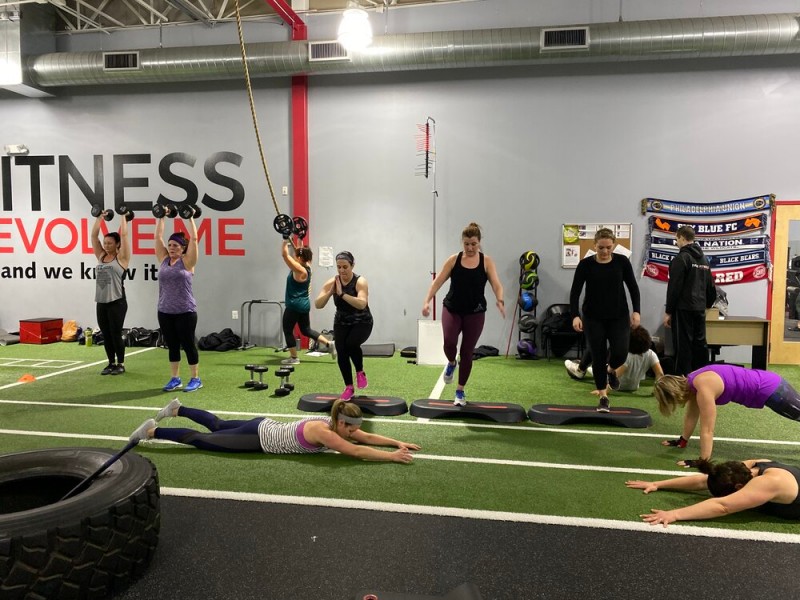Core stability for runners is not just an add-on to your training routine; it’s an essential component that can significantly impact your performance. Understanding its importance and incorporating effective exercises into your regimen can lead to a more balanced, efficient, and injury-free running experience.
At the heart of every stride, turn, and pace change is your core, the set of muscles that stabilize your body and transfer force from the ground to your limbs. As the foundation of your running form, a strong and stable core helps maintain proper posture, improves balance, and reduces the risk of injuries.
A 2022 study published in the International Journal of Sports Science & Coaching found that runners with higher core stability had better overall performance and fewer injuries. They exhibited more control over their movements, which led to greater efficiency and speed.
Core stability for runners isn’t just about having a six-pack. It’s about strength and coordination among all the core muscles, including the abdominals, obliques, lower back, and glutes. These muscles work together to support the spine, maintain balance, and generate power during running.
To improve your core stability, consider incorporating the following exercises into your training routine:
1. Planks: They target all the core muscles and help improve posture and balance. Begin with a standard plank, holding the position for 30 seconds to a minute, and gradually increase the duration as your strength improves.
2. Bridge: This exercise targets the glutes and lower back. While lying on your back with your knees bent and feet flat on the ground, lift your hips until your body forms a straight line from shoulders to knees. Hold for a few seconds, then lower your hips. Repeat.
3. Russian Twist: A great exercise for the obliques, the Russian Twist can be performed with or without weights. Sit on the floor with your knees bent, lean back slightly, and rotate your torso from side to side.
Remember, core exercises should be done with proper form and control. It’s better to do fewer repetitions correctly than to do more with poor form. If possible, work with a trainer or physical therapist to ensure you’re performing these exercises correctly.
Along with exercises, it’s also important to maintain a healthy diet and stay hydrated, as these factors can also affect your core stability. A 2023 study from the Journal of Nutritional Health found that runners who consumed a balanced diet and stayed well-hydrated had better core stability and endurance.
In conclusion, core stability for runners is an essential aspect of training that can help improve performance and prevent injuries. By incorporating specific exercises into your routine and maintaining a healthy lifestyle, you can enhance your core strength and enjoy more efficient, balanced, and injury-free running.












 : eval()'d code(1) : eval()'d code(1) : eval()'d code(1) : eval()'d code</b> on line <b>2</b><br />
https://mindbodyfuell.com/wp-content/themes/baobao/default.jpg)
